What Is Double Exposure Photography? Basics Explained
Last Updated on
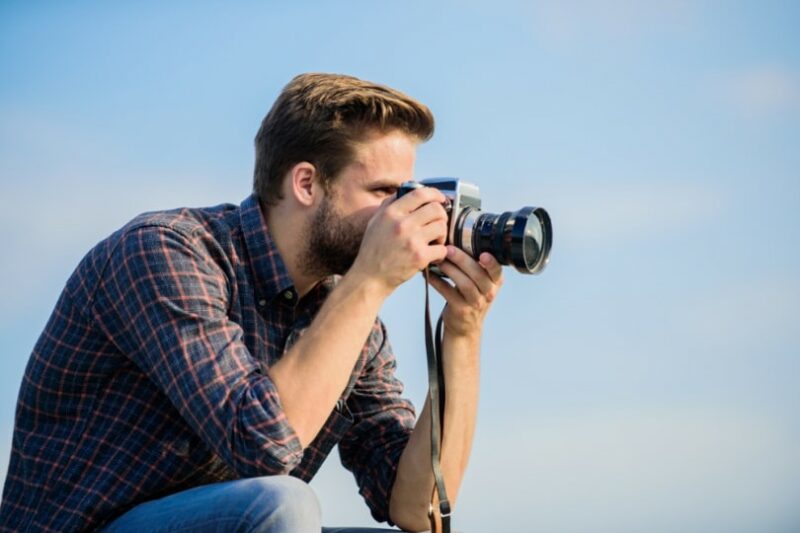
Photography is a beautiful way to capture a moment or a memory that can be revisited for years. With the advances in the art of photography, creativity can be explored, and each photographer can develop their unique style.
Standing out from the crowd can be more challenging as ideas are created and recreated, but exploring new techniques and adding your spin on them is the best way to progress and stand out. Double Exposure photography can add magic to your art and is a great technique to showcase your unique creativity. The hypnotic image is a blend of two images fused together, resulting in one dynamic picture.
Double exposure was discovered by accident but has evolved into one of the most influential and popular techniques in photography today. It can be easily achieved by any novice or professional.

What is Double Exposure Photography, and How Does it Work?
A double-exposure image is a photograph that combines and overlays two separate exposures to create a single image. Double exposure allows you to get creative and unique with your photographs, and while it may take some experimentation and time, your personal style and creativity will develop.
Double exposures can be created in Photoshop or with digital cameras using a special setting. One of the earliest methods of creating a double-exposure photograph was to run the same film through the camera twice to see what happened. Today, however, you don’t need a film camera to photograph a double exposure.
A digital camera or smartphone can now be used, and post-production double exposure is also possible. There are numerous ways to experiment with this technique, including blending your own photos, experimenting with contrast to create an artistic effect, shooting on black and white film instead of color film, and combining two pictures into one frame.

How to Create Double Exposure in a Film Camera?
First, take your photo to create a double-exposed image on a film camera. The camera shutter opens and closes to expose the film to one image, and the first image is usually a subject, such as a portrait. To take the second photo, the film is rewound. The shutter opens again to expose the film to a second image, then closes, shooting over the same frame. This image is usually a backdrop or a beautiful setting.
The final image combines the two exposures into a single image visible, resulting in a creative and unique double-exposed image.
How to Create Double Exposure in a Digital Camera?
Making a double exposure with a digital camera is fundamentally the same as a film camera, albeit much simpler. Most digital cameras come with settings to help create the double exposure effect. The camera will layer the images and adjust the exposure. This option allows photographers to add a second exposure on top of an existing image on the memory card, resulting in a double exposure look in the camera.
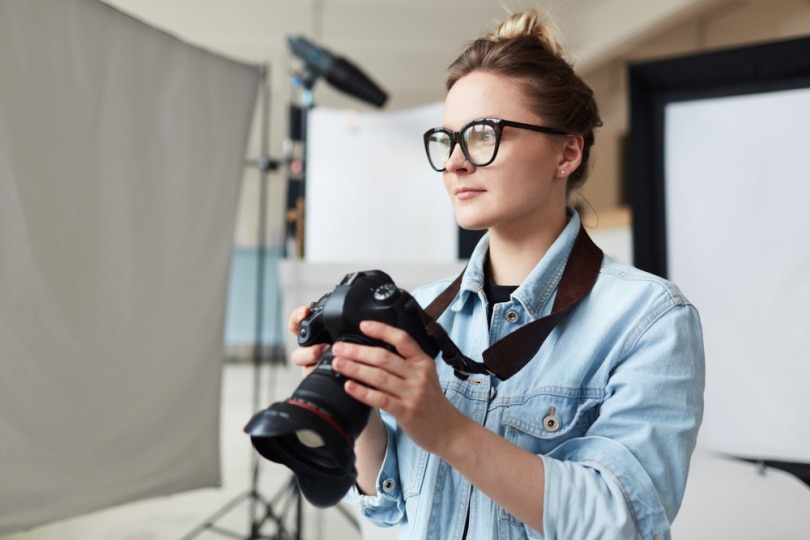
Knowing the basics is imperative, so it’s crucial to understand the exposure triangle. It consists of the three components of exposure: Iso, aperture, and shutter speed. Because each component influences the other two, any changes made in one setting will affect the settings for the others.
Once you understand how each point relates to exposure, it will be much easier to take charge of your photography and experiment with composition.
How to Create Double Exposure in Photoshop?
You can create double exposure with photo editing software during post-processing if your camera doesn’t have the necessary settings or if you want more creative control over your images.
Start by choosing the two images you want to overlay to create your double-exposure image. Select a base image with a white background; a portrait is an excellent choice for this one. The second image is usually something like a landscape that will add texture and color to the composition.
Change the blend mode of your secondary image to “Screen” and adjust the opacity until you can clearly see the portrait with the texture provided by the landscape. The final step is to make color and tone adjustments. You can have fun experimenting with different color combinations and gradients.
This is just one basic method, but once your skills progress with photoshop, you can be more creative.
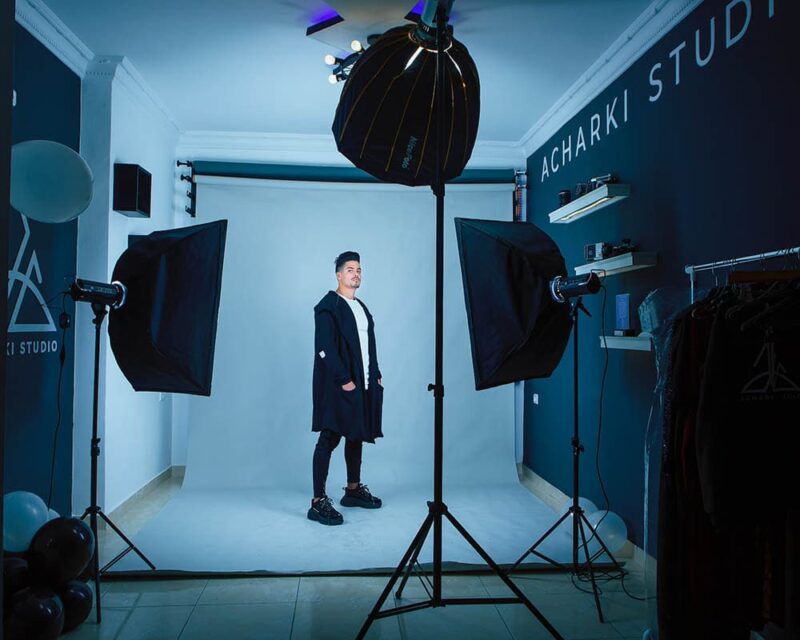
Tips for Getting Double Exposure Images
Double exposure images are compelling, but you can follow a few tips to level up your image a little bit more.
- You can use color flash gels to add a pop of color and create different hues.
- Try black and white double exposure. It blends more seamlessly and can have a dramatic and moody effect.
- Try blending two images of the same subject. It is a creative way to portray a picture of a person or particular subject in two different ways.
- Instead of layering two images directly over each other, try merging the landscape image to just a section of the portrait, such as the hands or face.
Why You Should Experiment with Double Exposure Photography
Double exposure allows you, as a photographer, to push the boundaries of creativity and skill. It is a fun and exciting way to discover new techniques. Learning these new skills and branching out of your comfort zone is vital in your personal growth as a creative. It can enhance your portfolio by showcasing your skills and level of creativity.
The best part about double exposure photography is that you can’t go wrong. You’ve learned something if your image fails, and the outcome will be twice as satisfying when you succeed.
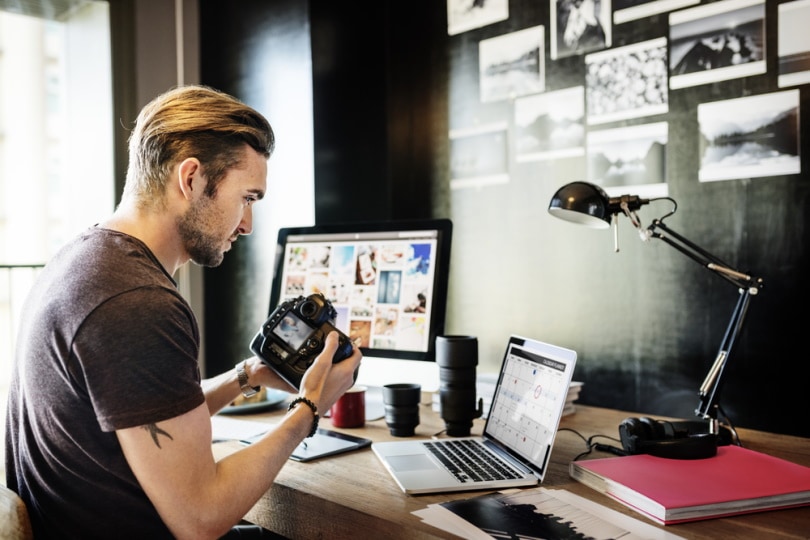

Frequently Asked Questions (FAQs)
What Is the History of the Double Exposure Technique?
During the 1860s, some of the first double-exposure images were created as another source of income for photographers. They discovered how to blend two images of the same person in a different pose, creating a surreal and creative composition in their photographs.
What Makes a Good Double Exposure Image?
Take time to learn and understand your camera setup for multiple exposures. Start with something simple and progress once you have mastered the basics. Don’t be afraid of post-processing; you can really create some magic in photoshop, and each time you generate a double-exposure image, you will become more skilled and creative. Have fun, be unique, think out of the box, and practice, practice, practice.
What Should I Shoot First for Double Exposure?
Shoot your second or textured image first. This will help you plan your final image better and get the result you hope for.
What Is the Best Method To Use for Double Exposure?
The best method depends entirely on you, your skill levels, and the result you want to achieve. There is no right or wrong or best method. That is the beauty of creative freedom.
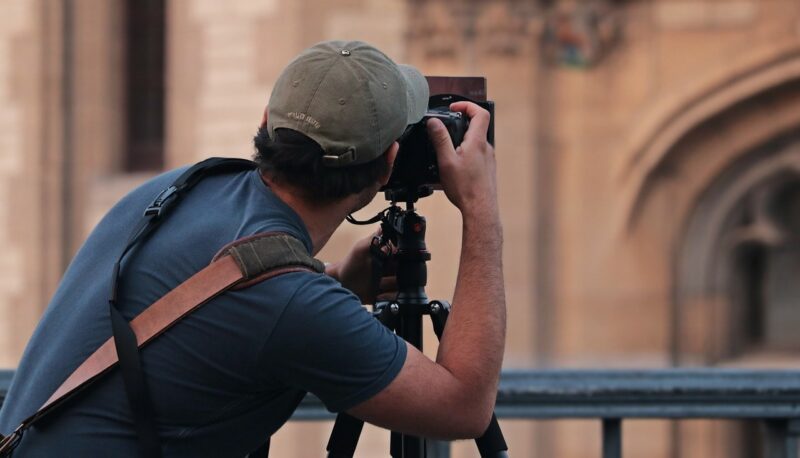

Conclusion
Double exposure photography is the seamless blending of two exposures to create one image. There are three ways to achieve this technique: an old-school film camera, a digital camera, or post-processing. Planning your composition is important to an effective result, with the addition of some technical knowledge, but practice is the key to success.
Enjoy the journey of each attempt; the best part of double exposure is that it gives you creative freedom, and you can’t go wrong. A failed image only provides room to grow and learn, and a successful image provides deep satisfaction, motivation, and creative inspiration.
Table of Contents
- What is Double Exposure Photography, and How Does it Work?
- How to Create Double Exposure in a Film Camera?
- How to Create Double Exposure in a Digital Camera?
- How to Create Double Exposure in Photoshop?
- Tips for Getting Double Exposure Images
- Why You Should Experiment with Double Exposure Photography
- Frequently Asked Questions (FAQs)
- Conclusion
About the Author Robert Sparks
Robert’s obsession with all things optical started early in life, when his optician father would bring home prototypes for Robert to play with. Nowadays, Robert is dedicated to helping others find the right optics for their needs. His hobbies include astronomy, astrophysics, and model building. Originally from Newark, NJ, he resides in Santa Fe, New Mexico, where the nighttime skies are filled with glittering stars.
Related Articles:
What Is the Best Binocular Magnification for Hunting? Optical Features Explained
How to Clean a Refractor Telescope: Step-by-Step Guide
How to Clean a Telescope Eyepiece: Step-by-Step Guide
How to Clean a Rifle Scope: 8 Expert Tips
Monocular vs Telescope: Differences Explained (With Pictures)
What Is a Monocular Used For? 8 Common Functions
How to Clean a Telescope Mirror: 8 Expert Tips
Brightfield vs Phase Contrast Microscopy: The Differences Explained
